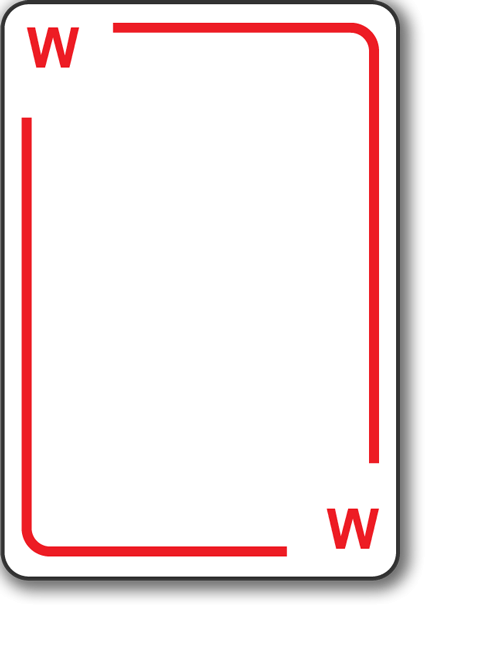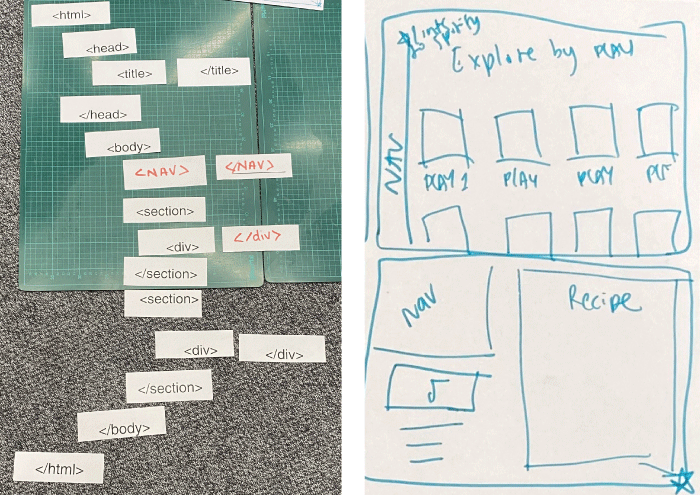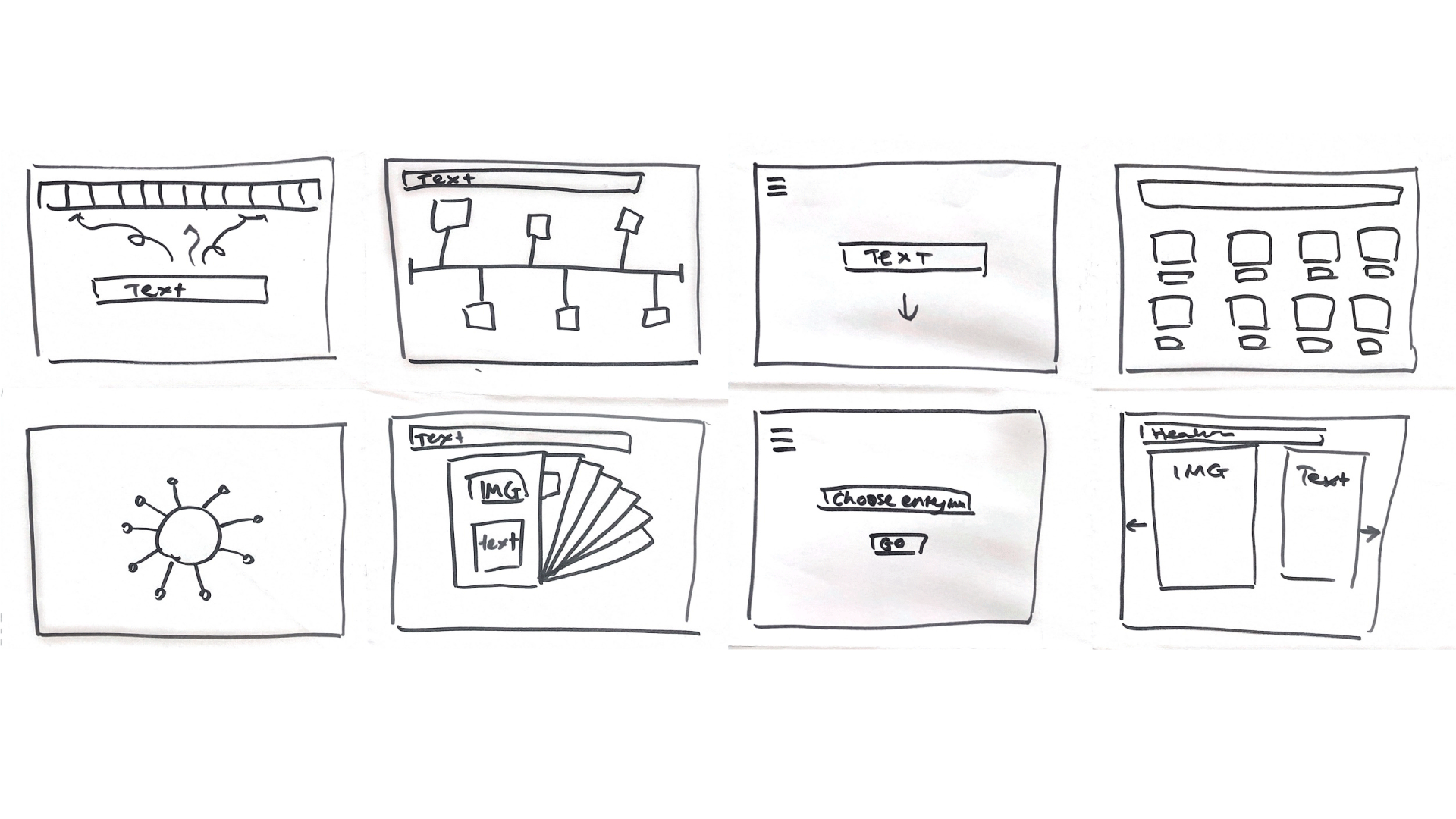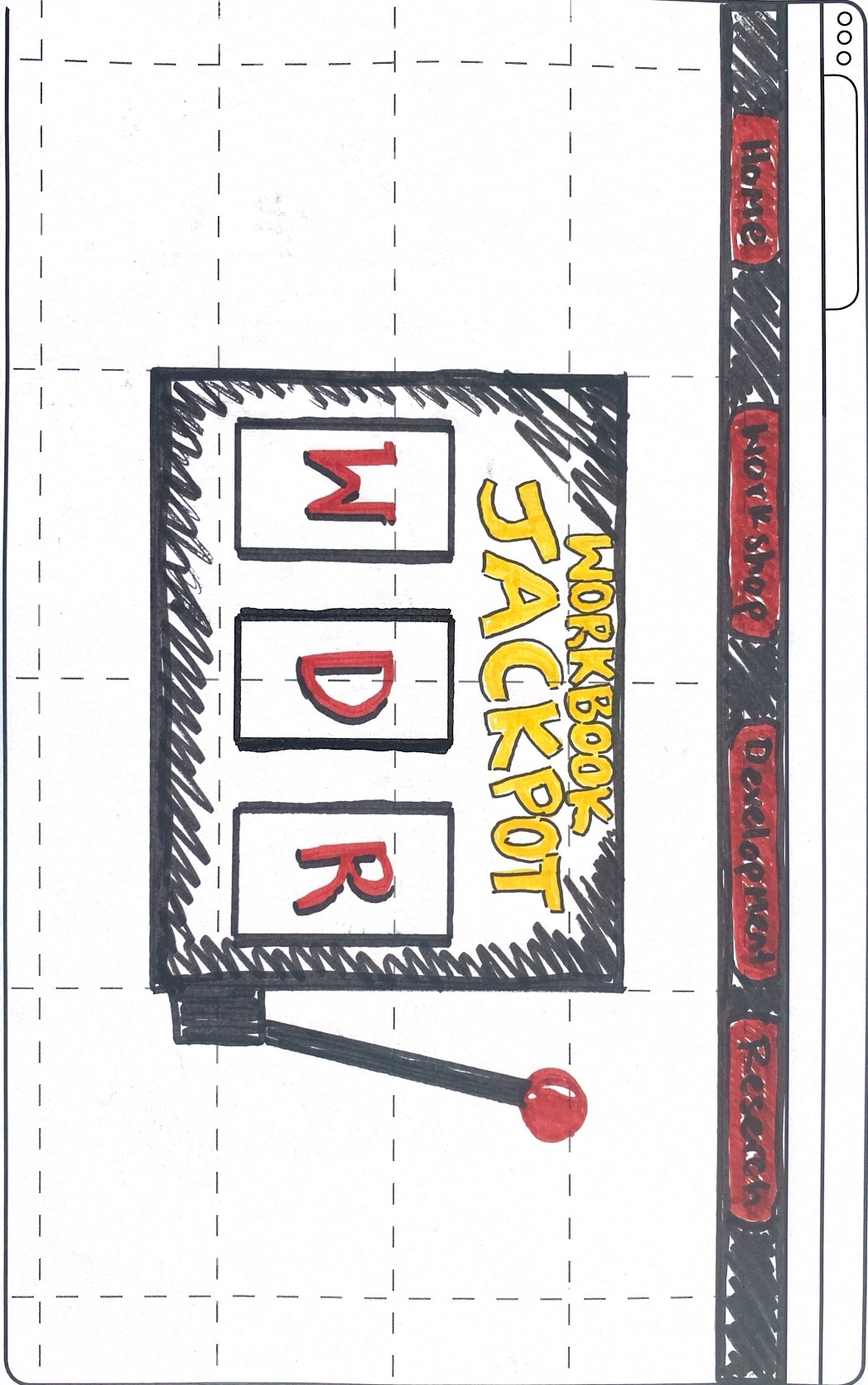COMPUTER IN YOUR FACE
Our everyday gestures and movements often go unnoticed and neglected. This workshop brings these gestures to light, through examining a small dictionary of these behaviours and movements of the interaction between humans, machines and media.
Gesture Glossary:
Using a toaster
Self checkout at the shops
paying using apple pay
Tapping on and off public transport

What are under exploited or non exisistant interfaces?
Neural Interface for Environmental Control: Imagine a speculative interface that allows users to control their surroundings using neural signals. This interface consists of a wearable device equipped with sensors that capture brain activity and translate it into commands for smart home devices, lighting systems, and appliances. By simply imagining specific actions or environments, users can trigger corresponding changes in their surroundings, making home automation more intuitive and seamless.
Gesture-Controlled Smart Glasses for Accessibility: Imagine a pair of smart glasses equipped with advanced gesture recognition technology specifically designed to assist individuals with disabilities. Users can perform specific hand gestures to navigate menus, control applications, and interact with digital content displayed through the glasses. For example, a person with limited mobility could use hand gestures to type messages, browse the internet, or control smart home devices, enhancing their independence and accessibility to technology.



